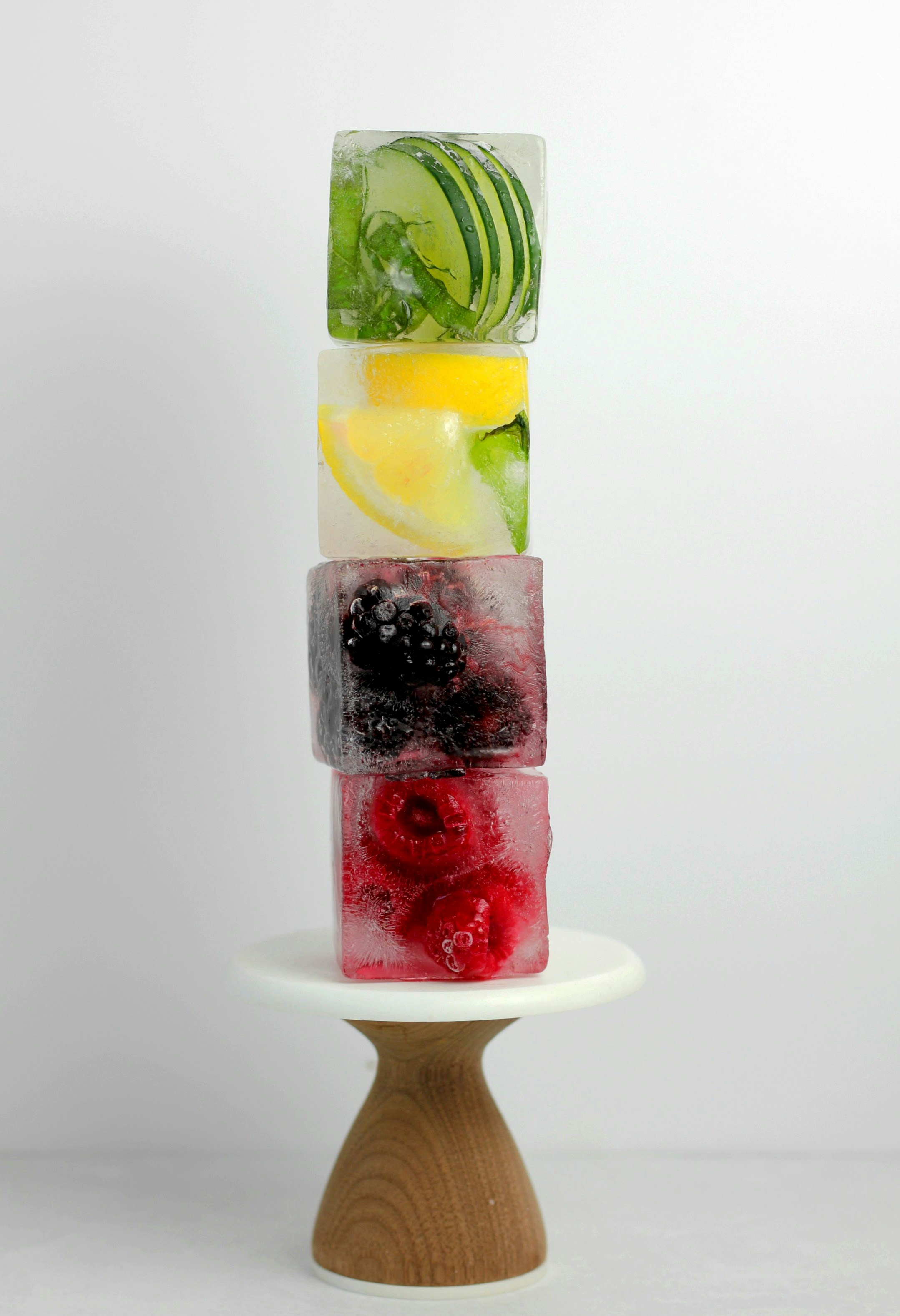


The "ice diet" has recently gained popularity on social media as a weight loss method, with many strategies promoting what's known as cold therapy. These methods include exposure to cold temperatures, consuming cold foods and drinks, and even immersing oneself in ice baths—all aiming to burn more calories and fat. Dozens of influencers have shared their experiences using these tricks in pursuit of the ideal body. But the question remains: is the ice diet truly effective, or just another fleeting social media trend?
What Is the Ice Diet?
The ice diet is a weight loss approach based on lowering body temperature to stimulate calorie burning. It involves consuming cold foods and drinks like ice water and chilled juices, and sometimes adding ice cubes to meals. The regimen can be intensified through external cold exposure, such as cold showers, ice baths, or ice packs.
The core idea is to cool the body both internally and externally, triggering what’s known as "cold-induced thermogenesis"—a process in which the body increases its metabolic rate to maintain warmth. Proponents of the diet believe this response, combined with reduced calorie intake, can speed up weight loss.
Despite the appeal and rising popularity of this idea, its effectiveness and safety still require more scientific validation.
Methods of Using Ice for Weight Loss
Social media promotes several ways to use ice for weight loss, falling into three main categories:
All these approaches rely on encouraging the body to burn more energy to stay warm. However, caution is advised when using them, as excessive cold exposure can lead to complications like hypothermia.
Is It Actually Effective?
Despite the ice diet’s popularity online, scientific evidence supporting its weight-loss effectiveness is still limited, and more research is needed. The basic idea is that cold exposure may increase energy expenditure to maintain body temperature, potentially aiding weight loss. However, consuming cold foods or drinks alone may not be sufficient to significantly boost metabolism.
While the diet is based on a logical scientific principle, its effectiveness can vary based on several factors, such as genetics, sleep patterns, nutritional quality, physical activity, and the intensity of cold exposure. Medical experts advise against relying solely on the ice diet, instead recommending a balanced approach that includes healthy eating and regular exercise.
The ice diet does promote water and ice consumption, which can increase satiety and help reduce food intake. A 2022 British study published in the International Journal of Circumpolar Health showed that cold foods may result in lower insulin responses compared to hot foods, potentially reducing the risk of obesity and insulin resistance.
Still, food temperature alone is not a decisive factor in weight loss, as the cooling effect on the body is usually temporary and insufficient to deliver major results on its own.
Is the Ice Diet Safe?
The ice diet encourages consumption of cold foods and drinks and even includes ice as part of daily snacks to stimulate thermogenesis and increase calorie burning. However, relying exclusively on cold foods may not significantly affect metabolism and could cause digestive issues for some individuals, especially those with conditions like gastroparesis, where cold food slows stomach contractions and delays emptying.
When combined with regular cold exposure—like cold showers or ice baths—additional benefits may occur. A 2020 Japanese study from the Universities of Tokyo and Hokkaido found that triggering thermogenesis could activate brown fat tissue, helping to burn energy and maintain body temperature.
Still, sudden or excessive cold exposure can be dangerous. It may lead to cold shock, rapid breathing, and high blood pressure—posing risks for heart patients. Therefore, it’s advisable to start gradually and use proper protection, like wrapping ice packs in towels and wearing insulating layers. Consulting a doctor beforehand is recommended, especially for people with chronic health conditions or issues related to circulation or respiration.
Source: Al Jazeera